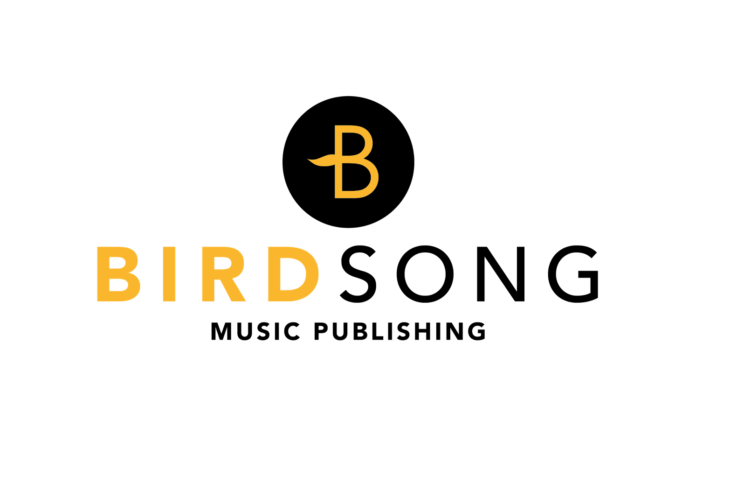Chant
violin, clarinet and piano
2017
Duration 5’
Instrumentation violin, clarinet, piano
First Performance 17 November 2017, St James’s Church, Piccadilly, London; The Ducasse Trio
Commissioned by the Ducasse Trio with the support of The Nicholas Boas Charitable Trust and the RVW Trust
Charlotte has a worldwide, exclusive publishing agreement with Birdsong
Purchase Materials

Further Performances
3.12.17 Chelsea Arts Club, London, UK; Ducasse Trio
5.12.17 Recital Hall, Birmingham Conservatoire, UK; Ducasse Trio
19.01.18 SJE Arts, Church of St John the Evangelist, Oxford, UK; Ducasse Trio
15.09.18 The Parish Church of St Mary the Virgin, Hambleden Village, Henley, RG9 6RX; Ducasse Trio
18.11.18 Brighton, UK; Jacquin Trio
Nominated for a BASCA British Composer Award 2018 (Renamed in 2019 The Ivors)
The title for this new work is taken from the poetic novel, Les Chants de Maldoror, written by the Uruguayan-born French writer Isidore-Lucien Ducasse (1846-1870). The piece comprises a series of cantos with diverse bizarre scenes, vivid imagery and extreme shifts in tone and style. Ducasse had a major influence on 20th Century artists and writers, especially the Surrealists, such as Salvador Dalí and André Breton. Dalí, who expressed his thoughts and dreams in remarkable and sometimes-controversial scenes, would seem the perfect artist to depict the book’s iconoclastic imagery, and it is his illustrations (1934), one in particular, that inspired Chant.
In the foreground, set on blocks, are two elongated figures: on the left a sinuous female figure, reminiscent of a classical ‘goddess’, hands clasped together, stands next a lumpen, grotesque torso with no discernible limbs (excepting a claw-like foot) perched on the hip of a thick skeletal leg, supported in turn by a thin, bony crutch. Its ghostly face looks adoringly, or perhaps pleadingly, at the robed ‘goddess’ whose face is unseen. In the middle distance, two tiny human forms, an adult and child, stand hand-in-hand. Dwarfed by the frontal figures, the adult appears to be waving at them, possibly to attract their attention. In the distance, a village nestling in the foot of rolling hills in mid-summer, the sun beaming through a soft layer of cloud, completes the picture. Everything in the illustration is drawn to the goddess, she commands total attention.
At its best, the ensemble is essentially three solo, virtuosic voices that complement each other yet retain a sense of independence. Focusing on sound quality, I wanted to create a unique, somewhat experimental palette through which the musicians discover their own individual voice. Within the piece, passages of ethereal serenity contrast with a more direct and fiery quality. Stratospheric extremes in register are important, with two combinations: high violin, low clarinet and piano far above and below; clarinet and violin as low as possible with piano beneath both. Including register, extremes in dynamics, tempi, timbre, and vibrato are also explored.
